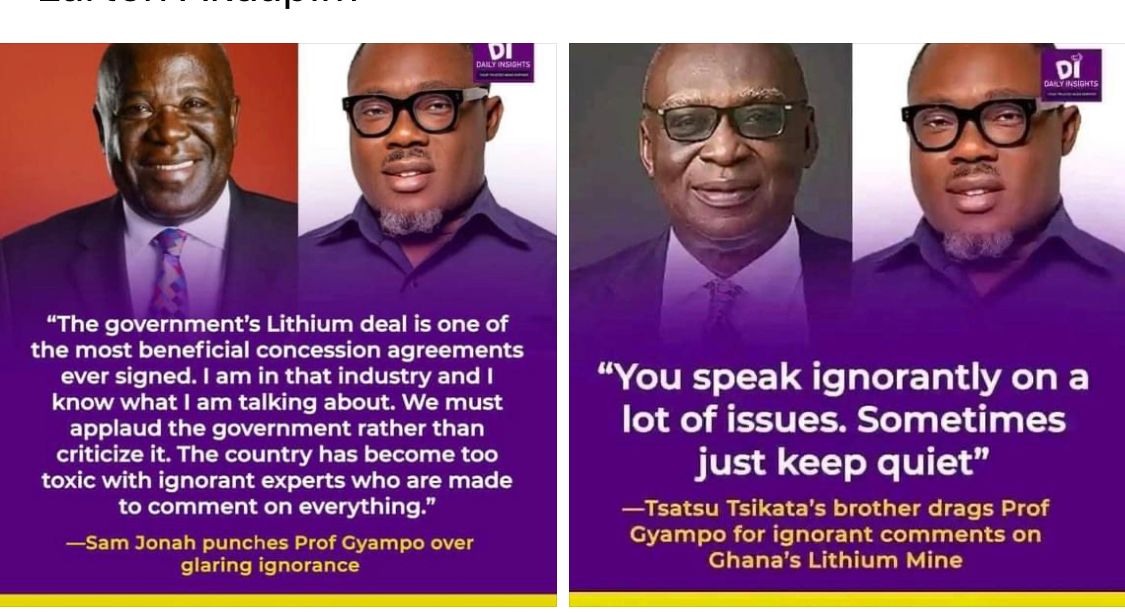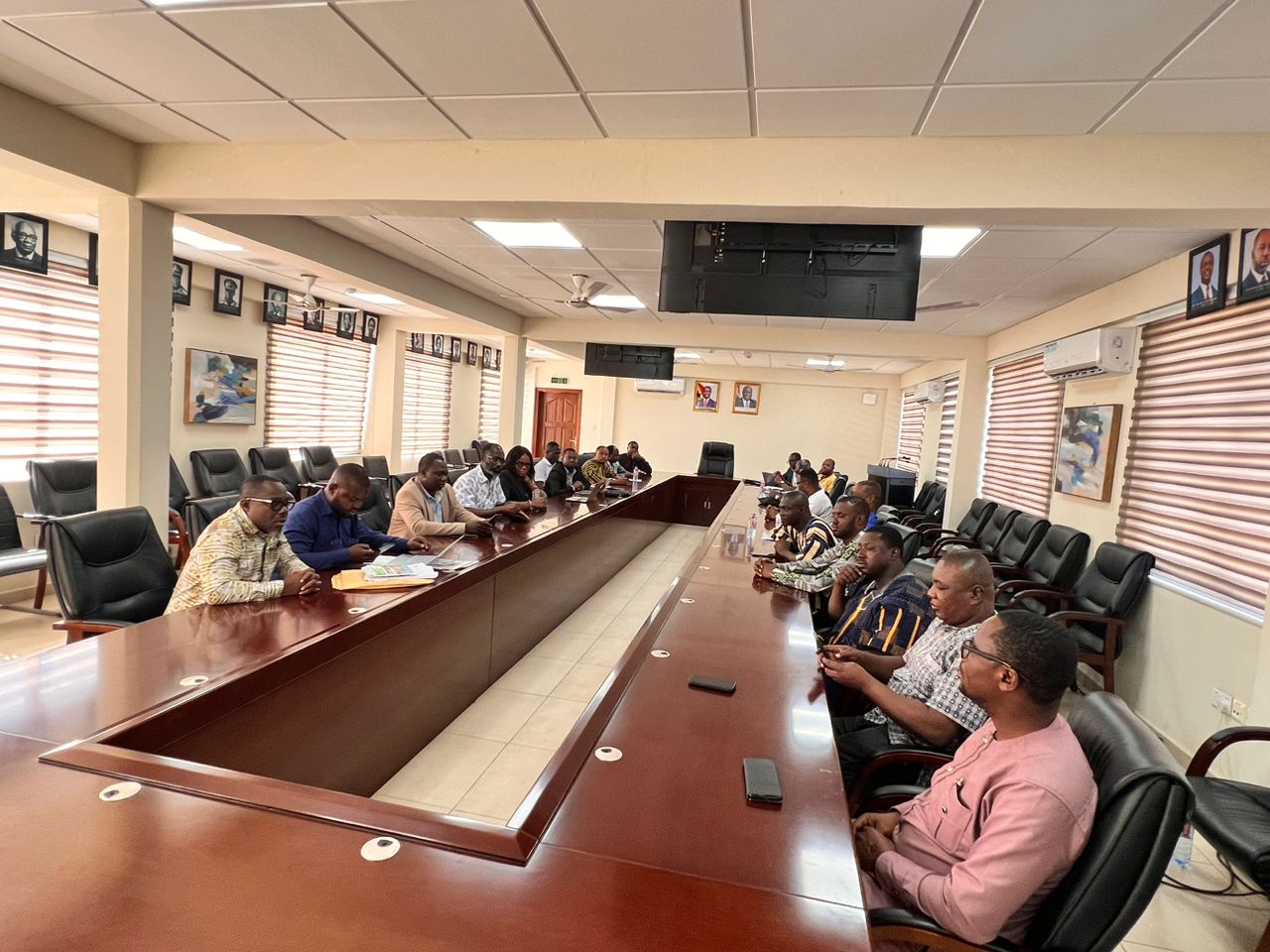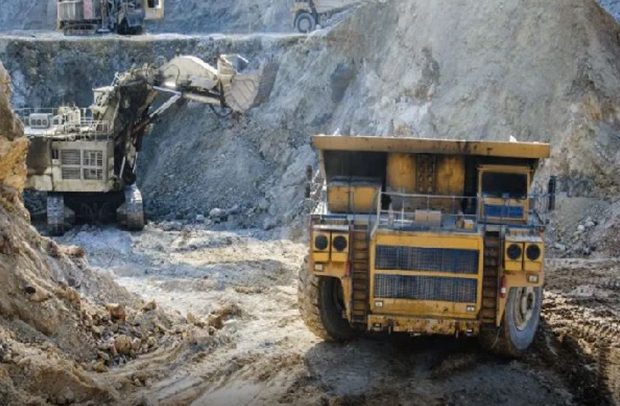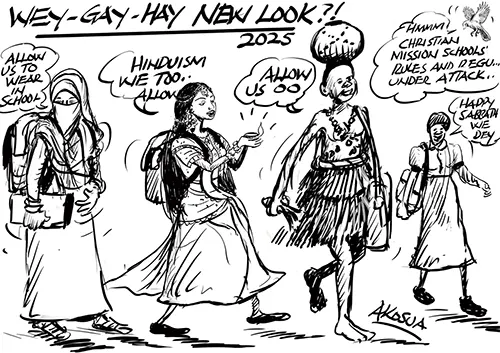
Well-meaning Ghanaians were overjoyed, and rightly so, when it was announced few years ago that, Ghana had discovered Lithium deposits in commercial quantities in various parts of the country. This joy is, notwithstanding, the fact that Ghana’s mineral deposits have not benefited the people, with widespread poverty endemic in all mining areas, and the country in general. Many believed this was an opportunity to demonstrate the lessons we have learnt from the leases of colonial days, granted for Ghana’s mineral resources and to correct such injustices.
B: Lithium-the Chemistry and Economics
1. So why is Lithium such an important metal or element? The standard reduction potential of lithium, Eº = 3.04 volts, is the lowest of any known stable and non-radioactive element so far. So, lithium, when coupled with other electrodes, gives an electromotive force (EMF) which is the highest theoretically achievable. In other words, one (1) lithium cell can generate about 3 volts of electricity. Coupled with its very light and relatively non-toxic nature, lithium has made the development of rechargeable batteries in all electronic devices possible for all manner of applications including electric vehicles (EV) and organ implants where electrical signals are needed. Furthermore, recent breakthrough in the fabrication of solid-state batteries will continue to revolutionize EVs, increase their mileage considerably, and make them even much quicker to charge. Lithium occurs in ores predominantly composed of aluminosilicates, carbonates and phosphates. For example petalite, LiAlSi4O10, lepidolite, K(Li,Al)3(Al,Si,Rb)4O10(F,OH)2, spodumene, LiAlSi2O6, zabuyelites, Li2CO3, triphylites, LiFePO4, lithiophylite, LiMnPO4, and also as subsurface brines. Spodumene remains the commonest ore and the most studied, with a theoretical lithium oxide (Li2O) content of 8% by weight. Thus, depending on the end-use applications of the mineral, roasting, selective precipitation, leaching etc, can be used to enrich (beneficiate) the lithium content before subsequent processing to produce the carbonate, hydroxide, or other compounds which are the commercially most important form of the metal for most applications.
2. Based on data from Atlantic Lithium, the Mineral Resource Estimate (MRE) in the Ewoyaa enclave (lease area) is 35.3 Million Tonnes (35.3 Mt) with an estimated 1.37% lithium oxide (Li?O). However, the Ore Reserve, which is the economically mineable part of the estimate is 25.6 Million Tonnes (25.6Mt) with an estimated 1.22% lithium oxide (Li?O). This means, for every 100 grams of the ore taken, 1.22 grams of lithium oxide will be obtained. Thus, given the percentage purity of 1.22%, the total expected lithium oxide from the field is 312, 320 tonnes [(1.22*25, 600, 000)/100]. Multiply this by a conversion factor of 2.473 to obtain the lithium carbonate (LiCO3) equivalent as 772, 367 tonnes. According to Chemanalyst, the price of lithium carbonate was estimated at USD 29, 000 per metric tonne in Europe and North America in September 2023, which translates to USD 22.4 billion as the net worth of the mineral in the Ewoyaa field. However, this is a very conservative estimate given the global demand patterns and market forces forecast. This estimate does not also take into consideration other secondary metals that could be extracted, many of which are more expensive than the lithium itself. By mass, Li is only 4.28% of spodumene while Aluminum with current price of more than USD 2000 per metric tonne is 14.44% of the ore. The rest, 81.28% is silicate that is useful for many applications in the glass, ceramics and cement industries. Are these going to be discarded after the extraction of the Lithium? Absolutely not. Thus, no matter how you look at it, the economic value of the mine is much higher than estimated.
3. It is not surprising that all major auto makers are investing heavily in the manufacture of EVs. It is also worth noting that several Governments around the globe are planning to cut down or completely ban new fossil fuelpowered vehicles due to their environmental impacts, especially on climate change. The UK government for example plans to ban new fossil fuel-powered vehicles by 2035. Thus, the demand for this metal which is at the heart of battery technology that powers the ever-increasing electronic devices and EVs will skyrocket, as a result of increased demand for the metal.
4. Lithium is also used extensively in the manufacture of high-temperature lubricating greases, on which many heavy-duty machines run, silica processing in the glass and ceramics industry, where it is used to reduce the melting point and the viscosity of glazing materials. Lithium compounds are also used in air purification, polymer industry, organic synthesis and in medicine for treatment of bipolar disorders.
5. Given the many uses of this metal, and its immediate potential, to create a new economic ecosystem with several appendages in downstream processes in the value chain that could create high income jobs and contribute significantly towards our economic emancipation, one would have thought that this metal will not suffer the same fate as every other mineral deposit discovered in Ghana has. On the contrary however, the lease agreement signed between the Government of Ghana and Barari DV Ghana Limited on the 20th of October 2023, puts Ghana’s total ownership stake at a percentage that many have described as inadequate and unfavorable. Data from Atlantic Lithium shows that when the mine is in operation, the ownership structure will be as follows: Atlantic Lithium, 40.5%; Piedmont Lithium, 40.5%; Minerals Income Investment Fund, 6%; while Government of Ghana will own 13%. A further 10% of revenue will be paid as royalties and 1% as Growth and Sustainability Levy. It is important to emphasize that these figures are revenue dependent. The deal also allows the sale of spodumene concentrate (enriched to 6%, SC6) to Piedmont Lithium. The desire to sell the mineral in its raw state (spodumene concentrate) just like all minerals extracted in Ghana, is most regrettable.
C: The Lease Process: Our Suspicion and Fear
6. Experts have observed that several aspects of the lease are problematic and create suspicion but only a few will be highlighted here. Schedule 2(a) of the agreement says, “The Company shall grant the Minerals Income Investment Fund (MIIF) equity stake in the mining project in accordance with the terms and conditions as shall be agreed with the Company”. This agreement signed on 20th October 2023 without prejudice presupposes that the equity to be acquired by MIIF was to be negotiated subsequent to the signing of the lease. However, by 8th of September 2023, Atlantic Lithium had announced that MIIF had acquired 6% stake in the Ewoyaa Project. This raises serious concerns of premeditated rip-off of the Ghanaian people. On the other hand, if an agreement had been reached prior to the announcement, why wasn’t same indicated in the lease? Would such a stake not be subject to Parliamentary approval?
7. The lease acknowledges, and rightly so, that Parliament would have to ratify the agreement. However, even before the lease could be laid in Parliament for ratification, the company was enjoined to undertake definitive feasibility study on feldspar as a by-product of the mineral which it has since finished and published its findings on the website of Atlantic Lithium on December 12, 2023. Again, this raises serious questions. For instance, is Parliament expected to rubber-stamp this agreement, and if not, why not wait till the deal is ratified before further work is done on the field? Why the rush? Again, the language of the lease that enjoins Barari DV Ghana Limited to process the concentrate and to setup other downstream processes is worrisome and insufficient to enable its enforcement. For example, a scoping study is expected to be undertaken to evaluate the economic benefits of the downstream conversion of the concentrate in Ghana, predicated on which a chemical plant is expected to be established by the company for refinery of the concentrate in Ghana. Without any reference to the most economically important forms of the mineral, the chemical plant for enriching the mineral to the SC6 grade for sale, suffices for processing or refinement. Consistent with this, according to Atlantic Lithium, Piedmont will earn up to a 50% interest in the Company’s (Barari DV Ghana Limited) share of its lithium projects in Ghana (“Ghana Portfolio”), and 50% of the total spodumene concentrate (SC6) offtake at market rates. Therefore, the question is: if the desire is to process the spodumene to the most commercially important Lithium hydroxide and Lithium carbonate, why sell the concentrate to Piedmont Lithium? Selling the mineral in this form drastically reduces its market value leading to a gross reduction in potential windfall from this mineral. This is deliberately designed to benefit third party interests, to say the least. It must be emphasized here again that the sale of the SC6 grade spodumene contains substantial quantities of silicate and aluminum. Furthermore, the power vested in the Minister by the deal to be able to authorise the export of by-products of the mine at his/her discretion is extremely problematic and could easily be abused. VALCO for example already has the capacity to process aluminum into other finished products, and therefore could have been brought onboard if the true intent of the deal is to ensure local content participation in the value chain.
8. It also appears that the deal was rushed and signed without proper due diligence and consultations and sensitization of the local community and Ghanaians as a whole. Hence there are suspicions, local agitations, and Civil Society criticism of the deal as being inimical to the development of the country.
D: Our call
9. We call on government to slow down the pace of the mining process and commence another round of sincere and detailed nationwide public consultations with experts, civil society, chiefs, people and community leaders, with a view to ensuring that Ghana benefits from her lithium.
10. We add our voice in calling on Parliament (as representatives of the good people of Ghana) to assert its role in rigorously scrutinizing whatever deal is laid before it, in the interest of Ghana. This means rejecting the deal in its entirety in its current state as it doesn’t serve the interest of the people whom you represent. This will send a strong signal to others whose business interests are inimical to the interest of Ghanaians and their well-being. The mineral resource of this country belongs to Ghanaians, and Ghanaians must own it, just like other people in other jurisdictions do. Any deal that puts foreign ownership stake higher than that of the original owners of the mineral is unacceptable.
Signed
Dr. Inusah Abdul-Nasiru
Vice President, UG-UTAG
Dr. Jerry Joe Harrison
Secretary, UG-UTAG
The post UTAG-UG’s comments on Ghana’s lithium deal: The chemistry and economic analysis appeared first on Citinewsroom - Comprehensive News in Ghana.
Read Full Story












Facebook
Twitter
Pinterest
Instagram
Google+
YouTube
LinkedIn
RSS